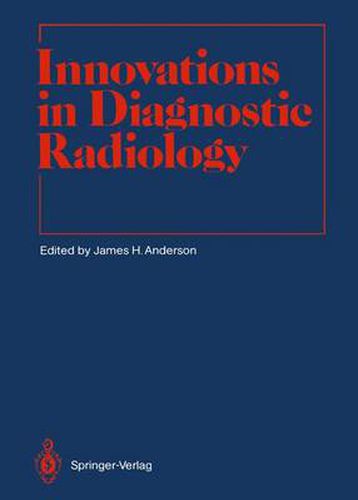This volume of the new series, Medical Radiology addresses the important topic of Innovations in Diagnostic Radiology . It presents examples of current work of interest not only to the radiological community but to physicians in other medical disciplines and to scientists in general. The impact of radiology on diagnostic medicine and patient management has been obvious from the beginning of our specialty. However, the evolution of the field is expanding at an astounding rate. During the professional lifetime of one generation of radiologists alone, numerous technologies and procedures have been added to conven tional radiography: cross sectional tomography, high resolution nuclear scanning, mag netic resonance imaging, ultrasound, interventional radiology and computer based radi ological operations. The optimal interpretation of images obtained by these new technologies requires that we expand our knowledge in physiology, biochemistry and also in our clinical expertise. It also means that radiologists must collaborate closely with other clinicians and basic scientists.





